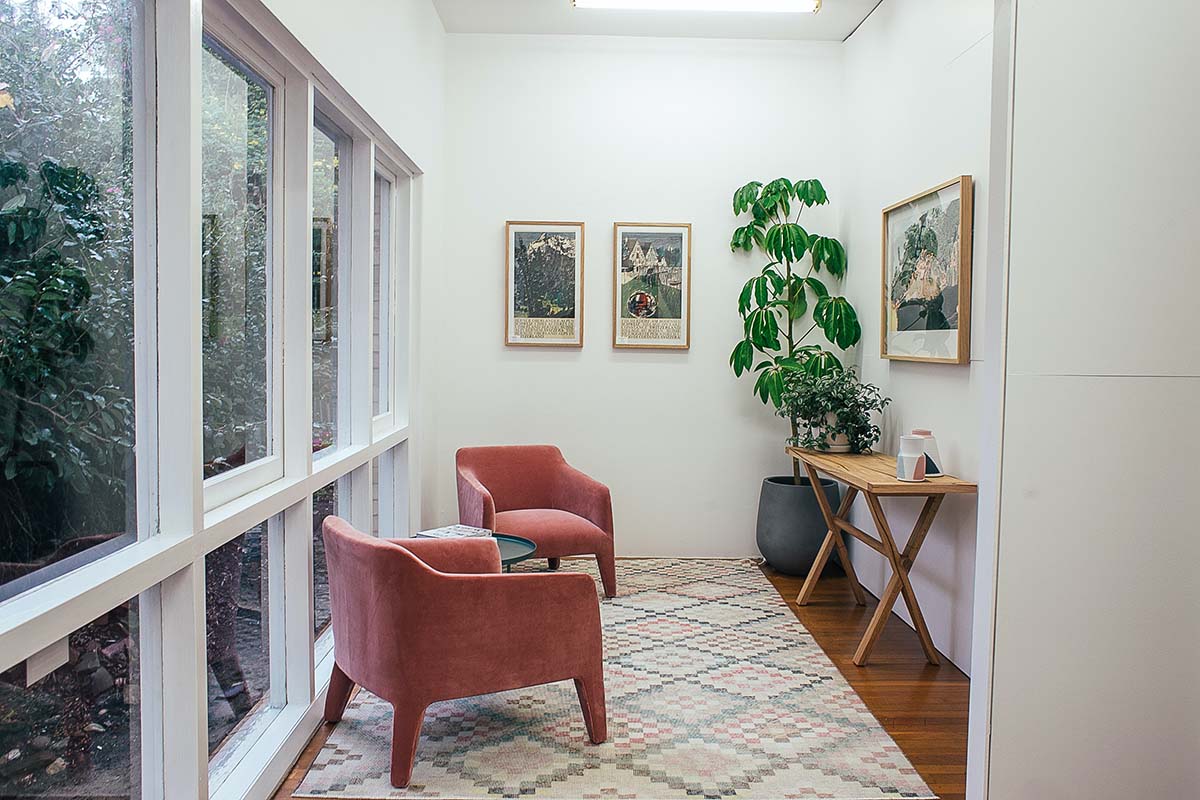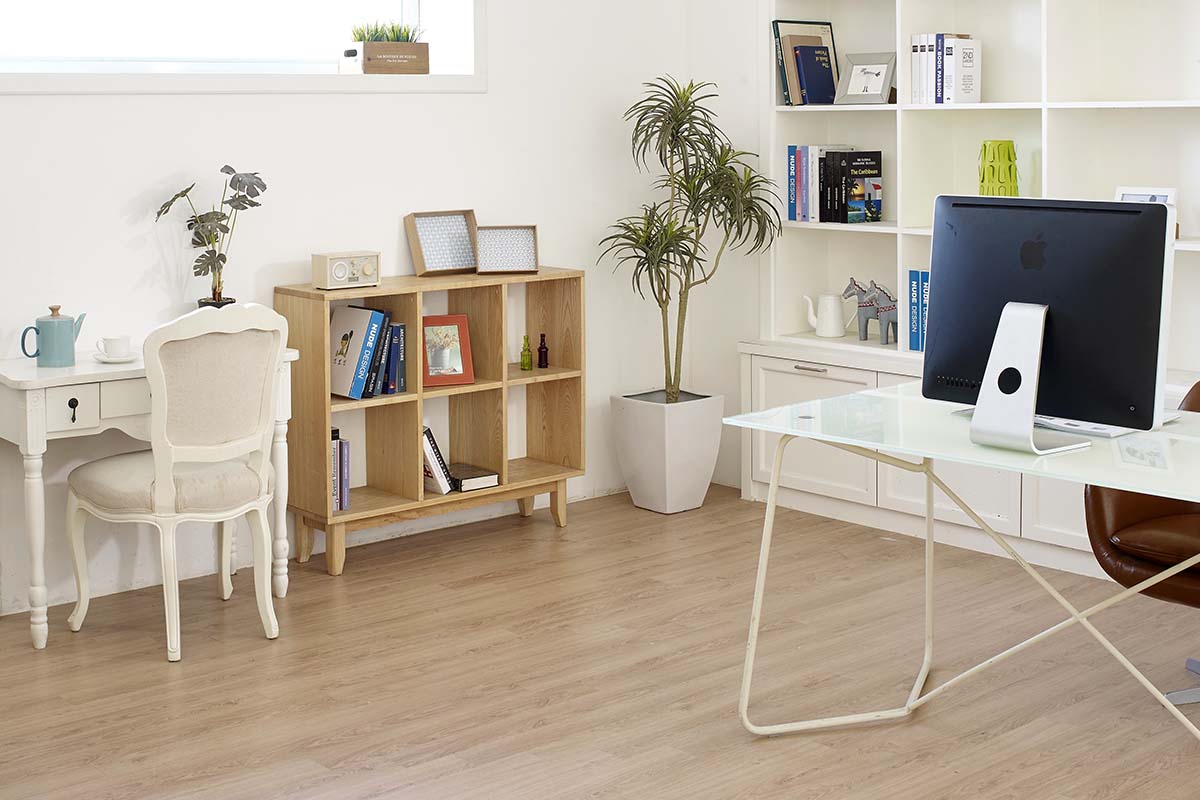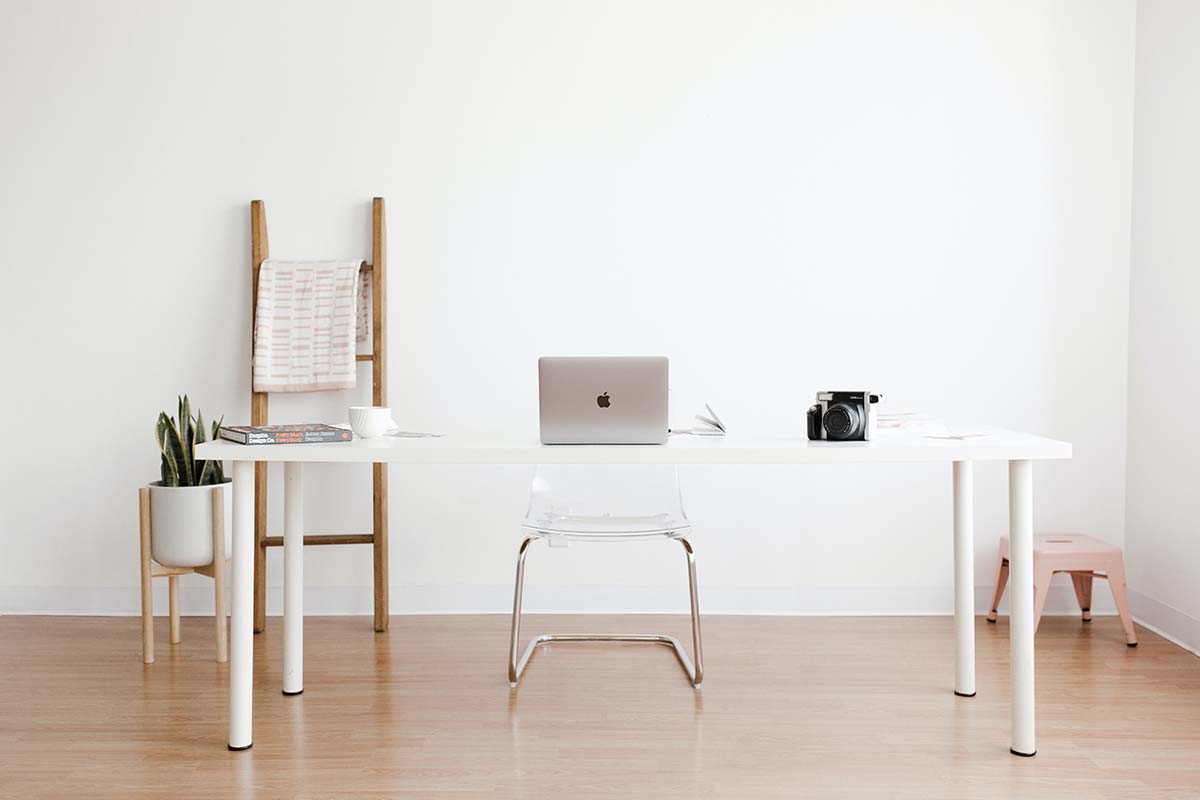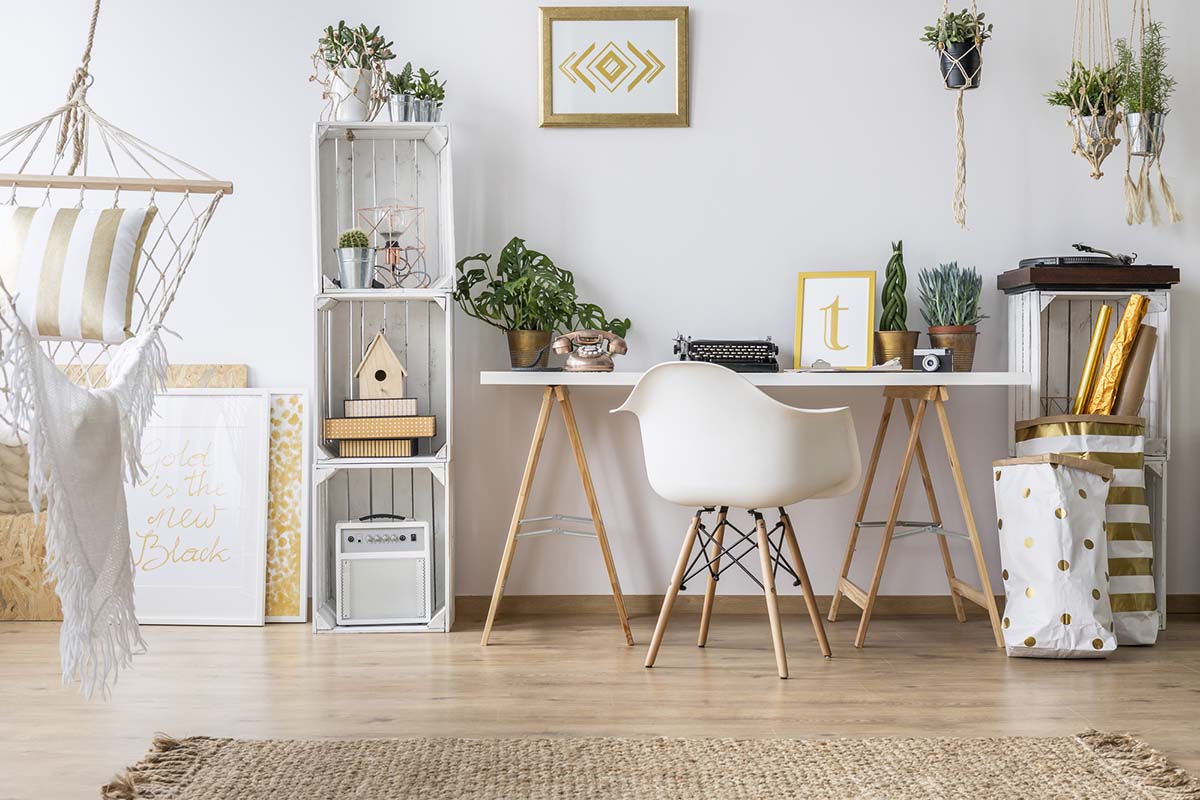As remote work becomes a more permanent fixture in many industries, designing a functional home office space has become increasingly important. A well-designed home office not only allows you to work productively but also helps create a separation between work and personal life.
With the right furniture, lighting, and decor, your home office can become a space that supports your productivity and creativity while promoting a healthy work-life balance. Whether you have a dedicated room for your home office or just a small corner in your living space, following these tips can help you create a functional and enjoyable workspace.
Choose the Right Location
Choosing the right location for your home office is crucial for creating a functional workspace. Ideally, you want a space that is away from high-traffic areas and distractions, such as the kitchen or living room. When selecting a location for your home office, consider the following factors:
Space
The size of your home office will largely depend on the size of your home, but it’s important to have enough space to accommodate your work equipment and furniture. The last thing you want is to feel cramped or uncomfortable in your workspace. If possible, choose a room with plenty of natural light and enough space to fit a desk, chair, and storage units.
Noise
The noise level in your home office can significantly impact your productivity. Try to choose a quiet location and away from noise distractions, such as the street or the television. If noise is still an issue, consider investing in noise-canceling headphones or a white noise machine.
Accessibility
Accessibility is another essential factor to consider when choosing a location for your home office. You want a space that is easily accessible and doesn’t require you to climb up stairs or go through multiple doors. If you have to go through a bedroom or another occupied space to get to your home office, use a sign or a closed door to indicate when you’re working for privacy.
Use Architectural Design to Optimize Home Office Space
Architectural design is an excellent way to create a functional home office space that promotes productivity and well-being. The layout and structure of your home office can significantly impact your work performance and comfort level. Here are some ways to use residential architecture to create a functional home office space:
Natural Light
Natural light can improve your mood, energy levels, and productivity. When designing your home office, choose a location with plenty of natural light, such as near a window. Consider using light-filtering window treatments, such as sheer curtains or blinds, to reduce glare and protect your eyes.
Room Dividers
Use room dividers to create a private workspace if you work in a shared space. Room dividers, such as screens or curtains, can help you create a visual separation between your workspace and the rest of the room. Room dividers can also reduce noise and distractions, improving your focus and productivity.
Built-In Storage
Built-in storage can help you maximize your workspace while keeping your office supplies organized and within reach. Use built-in bookshelves, cabinets, or drawers to store your office supplies and equipment. Additionally, built-in storage can enhance the aesthetics of your home office and create a cohesive design.
Soundproofing
Soundproofing is an excellent way to reduce noise distractions and create a quiet workspace. Soundproofing materials, such as acoustic panels or curtains, including acoustic office screens, absorb noise and improve the acoustics of your home office. Soundproofing can also enhance your privacy and prevent disturbances from outside noises.
Invest in Ergonomic Furniture to Boost Comfort and Productivity
Investing in ergonomic furniture is crucial for designing a functional home office space. According to a study by the Occupational Safety and Health Administration (OSHA), work-related musculoskeletal disorders (WMSDs) account for approximately 33% of all workplace injuries and illnesses. Ergonomic furniture can help prevent WMSDs by reducing discomforts, such as back pain or eye strain, and improving productivity. Here are some tips for choosing ergonomic furniture:
Desk
Choose a desk that’s at the correct height to prevent neck and back pain. Your desk should be at a height that allows your arms to rest comfortably on the desk while keeping your shoulders relaxed. Ensure your desk has enough surface area to accommodate your work equipment and documents.
Chair
Invest in a chair that’s ergonomically designed to support your body and reduce discomfort. Your chair should have adjustable height and backrest to prevent back pain and reduce the risk of WMSDs. Choose a chair with armrests that support your arms while typing or using the mouse.
Consider Environmental Factors to Improve Your Home Office Space
Environmental factors like lighting and temperature can significantly impact your productivity and well-being in your home office space. By considering these factors, you can create a comfortable and functional workspace that promotes productivity and enhances your overall well-being. Here are some ways to modify environmental factors in your home office space:
Lighting
Proper lighting is essential for reducing eye strain and improving your energy levels in your home office. Consider using a combination of natural and artificial light to create a comfortable and productive workspace. Natural light can boost your mood and energy levels, while artificial light can supplement natural light and provide task lighting for specific work activities.
Temperature
The temperature of your home office can also impact your comfort and productivity levels. Use a programmable thermostat to regulate the temperature of your workspace. A space heater or a fan can provide additional temperature control, especially in extreme temperature fluctuations.
Air Quality
Air quality can significantly impact your health and productivity in your home office space. An air purifier can be used to reduce allergens and pollutants in the air. Opening windows or using a fan can increase ventilation and improve air quality in your workspace.
Personalize Home Office Space to Reflect Your Style and Personality
Personalizing your home office space is an excellent way to make it more enjoyable and inspiring to work in. By incorporating your style and personality, you can create a workspace that feels uniquely yours and promotes your creativity. Here are some ways to personalize your home office space:
Decor
Decor is a great way to add personality and style to your home office space. Use artwork, plants, or decorative objects that inspire you or reflect your interests. Furthermore, using a color scheme that promotes productivity and creativity, such as blue or green, can enhance your mood and energy levels in your workspace.
Organization
Organizing your workspace can improve your productivity and enhance your aesthetics. You can use stylish storage solutions, such as decorative boxes or baskets, to keep your office supplies organized and accessible. Additionally, using a decorative bulletin board or whiteboard can help you stay organized and inspired.
Personal Items
Incorporating personal items, such as family photos or sentimental objects, can make your home office space feel more inviting and comfortable. Using items that have personal meaning, such as a motivational quote or a vision board, can help you stay focused and inspired.
Furniture
Choosing furniture that reflects your style and personality can add character to your home office space. You can choose unique or vintage furniture pieces that complement your decor and express your personality. Using comfortable and visually appealing furniture can enhance your comfort and well-being in your workspace.






















